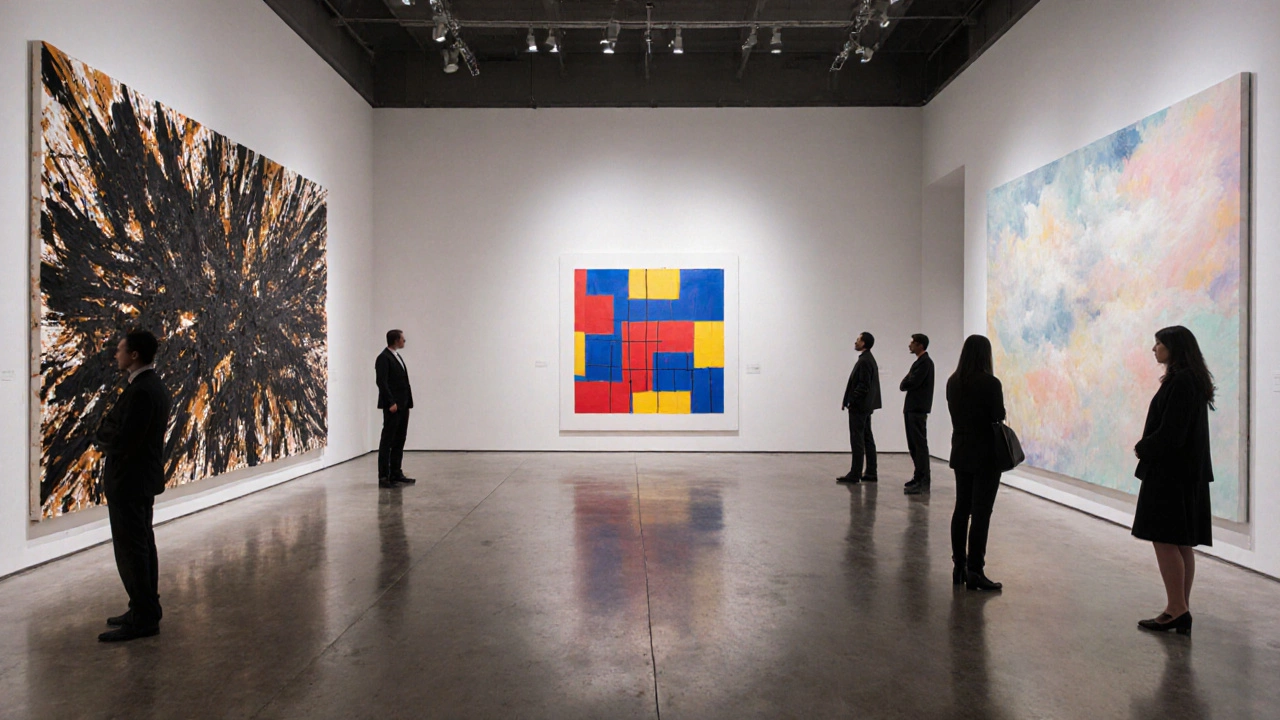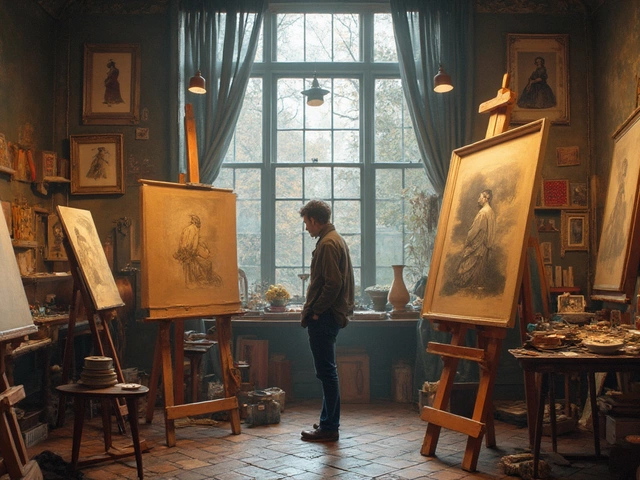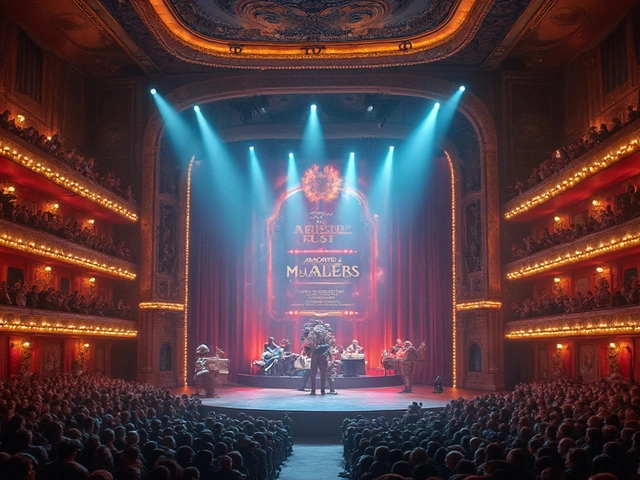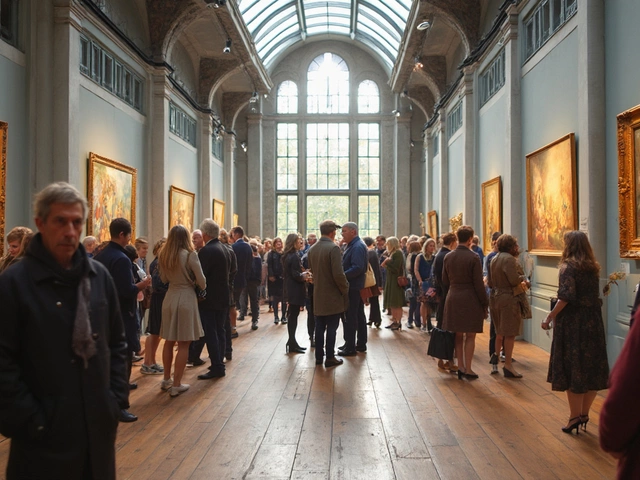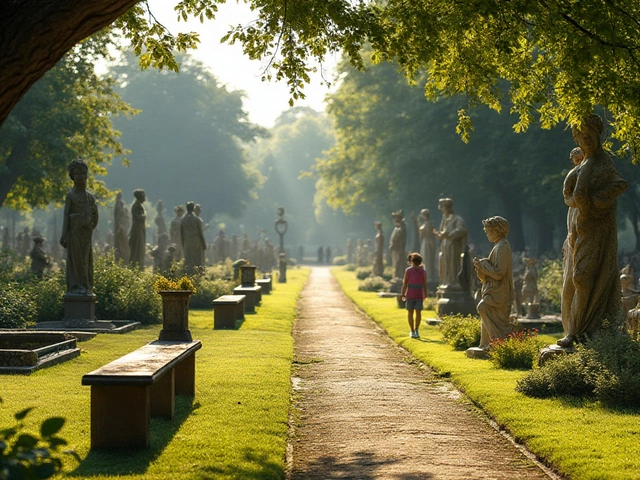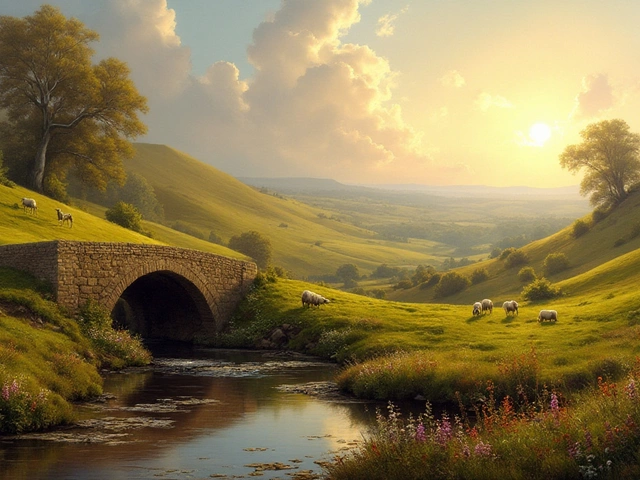Abstract Art Style Identifier
What Type of Abstract Art Is This?
This tool helps you identify which of the three main types of abstract art you're viewing based on key visual characteristics. Select the features you observe in the artwork, and we'll help you determine the style.
When you walk into a gallery and see splashes of color, sharp lines, or fluid gestures, you’re probably looking at Abstract Art a style that moves away from realistic representation to focus on shapes, colors, and emotions. But abstract art isn’t a single monolith - it breaks down into distinct families, each with its own history and visual language. In this guide we’ll unpack the three most influential types, give you concrete examples, and hand you a quick‑reference table so you can spot the differences the next time you’re in front of a canvas.
Why Knowing the Types Matters
Ever tried to name a painting you liked, only to get stuck at “I like abstract stuff”? Knowing the categories lets you talk like a collector, choose works that match your taste, and appreciate the intent behind each brushstroke. It also helps curators and students organize exhibitions, write essays, or simply enjoy art without feeling lost.
1. Abstract Expressionism - The Emotional Burst
Abstract Expressionism emerged in the late 1940s in the United States, emphasizing spontaneous, gestural marks as a direct channel of the artist’s psyche is often the first style people think of when they hear “abstract”. The movement grew out of post‑war anxiety, and artists let their subconscious explode onto the canvas. Think of a massive, dripping canvas where the paint seems to have a life of its own.
Key artists:
- Jackson Pollock - famous for his “drip paintings” like *Number 1, 1949*.
- Mark Rothko - created serene color fields that feel like visual meditation.
- Willem de Kooning - blended figuration with abstraction in works like *Woman I*.
The hallmark is the visible, energetic gesture. If a painting feels like a record of a physical act, you’re likely looking at Abstract Expressionism.
2. Geometric Abstraction - Order in Shape
Geometric Abstraction focuses on precise, non‑representational forms such as squares, circles, and lines arranged in calculated compositions originated earlier, with roots in the early 20th‑century Constructivist and De Stijl movements. Unlike the wild gestures of Abstract Expressionism, this style embraces mathematical rigor and often reflects a belief in universal harmony.
Iconic figures include:
- Piet Mondrian - reduced painting to primary colors and orthogonal grid in works like *Composition with Red, Blue, and Yellow*.
- Kazimir Malevich - pioneered Suprematism, famously reducing form to the black square.
- Josef Albers - explored color interactions in his *Homage to the Square* series.
Look for clean edges, flat color fields, and a sense that the canvas is a diagram rather than a diary.
3. Lyrical Abstraction - Poetry in Paint
Lyrical Abstraction emerged in the 1960s as a softer, more sensual counterpart to Abstract Expressionism, emphasizing fluid, dream‑like color washes. Artists abandoned the aggressive, hard‑edge properties of earlier abstraction for a more poetic, atmospheric approach. Think of watercolor‑like swirls that seem to drift across the canvas.
Prominent practitioners:
- Helen Frankenthaler - pioneered the “soak-stain” technique, as seen in *Mountains and Sea*.
- Jules Olitski - used aerosol spray to create misty, almost ethereal surfaces.
- David Hockney (later works) - blended lyrical color fields with figurative hints.
The style often feels like an emotion painted in gradients, inviting the viewer to read the work like a poem rather than a manifesto.
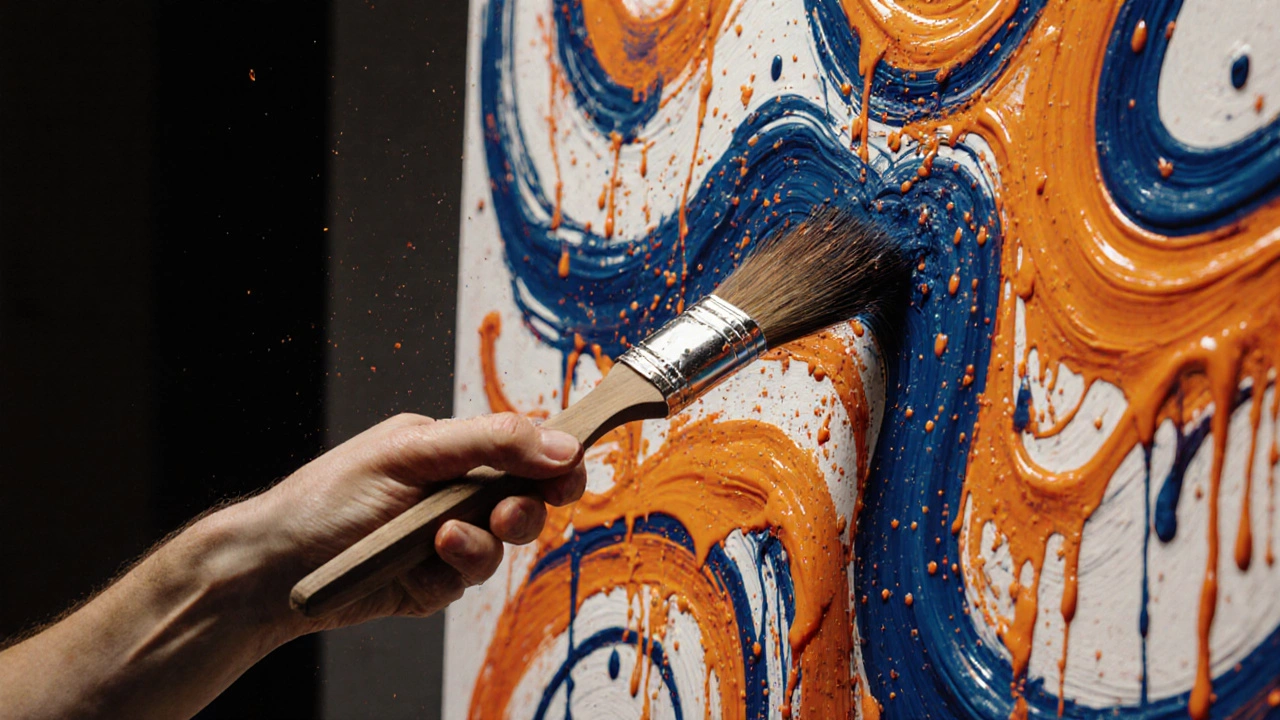
Quick Comparison Table
| Type | Typical Period | Core Visual Traits | Notable Artists |
|---|---|---|---|
| Abstract Expressionism | Late 1940s-1950s | Gestural brushwork, drip techniques, emotional intensity | Jackson Pollock, Mark Rothko, Willem de Kooning |
| Geometric Abstraction | 1910s-1930s (revived 1950s-60s) | Precise shapes, flat colors, grid or compositional balance | Piet Mondrian, Kazimir Malevich, Josef Albers |
| Lyrical Abstraction | 1960s-1970s | Soft washes, fluid color fields, poetic mood | Helen Frankenthaler, Jules Olitski, David Hockney |
How to Identify the Style in Real‑World Settings
Next time you stroll through a museum, ask yourself a few quick questions:
- Do you see energetic, physical gestures? If yes, likely Abstract Expressionism.
- Are the forms clean, mathematically arranged, with primary colors? That points to Geometric Abstraction.
- Do the colors bleed into each other, creating a dreamy atmosphere? You’re probably looking at Lyrical Abstraction.
Don’t overthink it-many contemporary works blend elements from multiple categories. The goal is to develop an instinct for the dominant vibe.
Common Misconceptions
- All abstract art is chaotic. Geometric Abstraction shows that abstraction can be highly ordered.
- Abstract Expressionism is the only ‘real’ abstract art. Lyrical Abstraction demonstrates that abstraction can also be gentle and poetic.
- Colors have no meaning. In Lyrical works, color choice often carries emotional weight, while in Geometric pieces it may reflect philosophical ideas about harmony.

Tips for Collectors and Enthusiasts
- Start with a clear preference: Do you gravitate toward the raw energy of Pollock or the disciplined grids of Mondrian? Your taste will guide your acquisitions.
- Consider provenance: Works from the original movement era tend to retain higher value, but well‑executed contemporary pieces can also appreciate.
- Frame wisely: A minimalist frame complements Geometric pieces, while a deeper shadow box can enhance the three‑dimensional texture of Abstract Expressionist canvases.
Where to Experience These Styles
Major museums with solid collections include:
- The Museum of Modern Art (MoMA), New York - home to Pollock’s *Autumn Rhythm* and Rothko’s *No. 61 (Brown, Black, Orange, Yellow on White and Red)*.
- Guggenheim Museum, New York - showcases a strong Geometric Abstraction wing.
- Tate Modern, London - features Lyrical works by Frankenthaler and Olitski.
If you can’t travel, many institutions offer virtual tours and high‑resolution image archives.
Mini‑FAQ
What distinguishes Abstract Expressionism from other abstract styles?
Abstract Expressionism is defined by spontaneous, gestural brushwork that captures the artist’s emotional state. The process is as important as the final image, often resulting in visible drips, splatters, and thick impasto.
Can a single painting belong to more than one abstract type?
Yes. Many contemporary artists blend gestural energy with geometric forms. When this happens, look for the dominant visual cue to decide which category is more prominent.
Why did Geometric Abstraction arise before Abstract Expressionism?
Early 20th‑century artists sought to break from representation through rational design, influenced by industrialization and new scientific ideas. This intellectual drive preceded the post‑war emotional urgency that fueled Abstract Expressionism.
Is Lyrical Abstraction still popular today?
While the term isn’t used as often, its spirit lives on in contemporary color‑field painters and digital artists who create immersive, atmospheric compositions.
How can I start a small abstract art collection on a budget?
Look for emerging artists on local galleries or online platforms, focus on prints or smaller works, and choose pieces that align with the style you vibe with most-whether it’s the chaos of Abstract Expressionism or the calm of Geometric Abstraction.
Final Thought
Understanding the three main abstract art types equips you to talk, think, and purchase with confidence. Whether you’re admiring a Pollock drip or a Mondrian grid, you now have the vocabulary to appreciate the intention behind each stroke.
